In the whole life cycle of the building, through practical technologies and measures to reduce the use of energy, water and raw materials, and reduce the impact of the building on the health of residents and the surrounding environment, to achieve sustainable development.
|
Employers in green building spaces report higher recruitment and retention rates and increased employee productivity.
LEED creates healthier spaces with cleaner air, access to daylight, and free from harmful chemicals found in paints and finishings。
Improving indoor air quality can reduce absenteeism and work hours affected by asthma, respiratory allergies, depression and stress, and lead to self-reported improvements in productivity.
Energy-efficient buildings help reduce pollution and improve outdoor air quality in major industrialized areas, making LEED a critical tool in reducing smog.
|
*Data from the USGBC website (2015-2018)
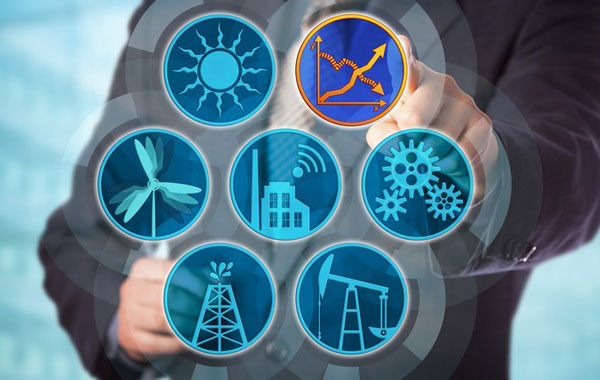
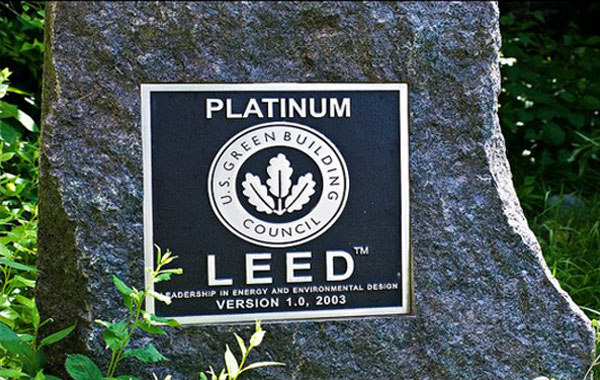
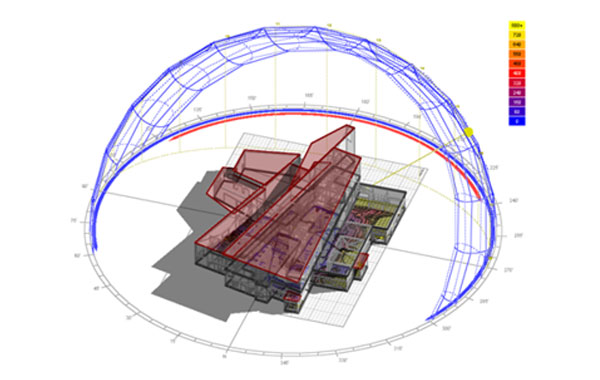
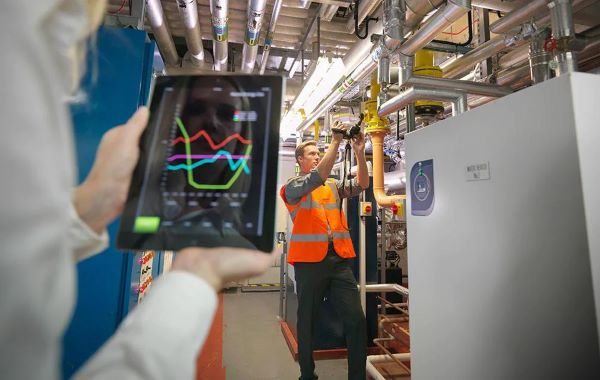
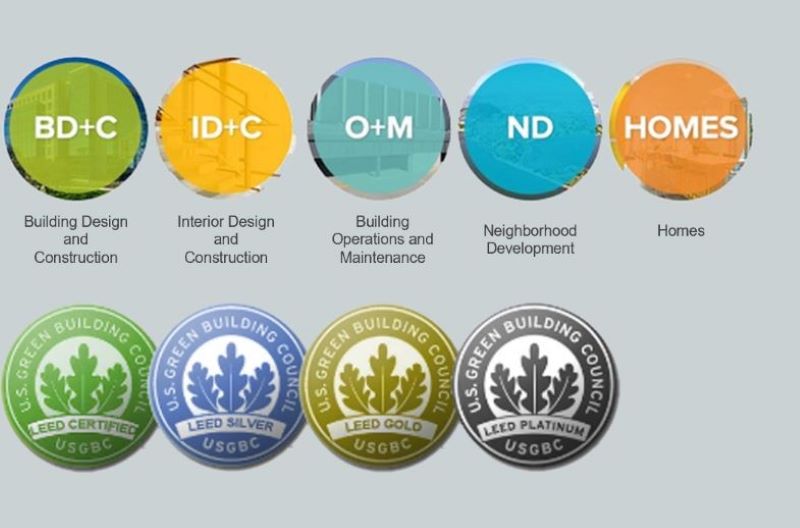
LEED (Leadership in Energy and Environmental Design) is the most widely used green building rating system in the world. Available for virtually all building types, LEED provides a framework for healthy, highly efficient, and cost-saving green buildings. LEED certification is a globally recognized symbol of sustainability achievement and leadership.
The certification system is available for:
● LEED for Building Design and Construction
● LEED for Interior Design and Construction
● LEED for Building Operations and Maintenance
● LEED for Neighborhood Development
● LEED for Homes
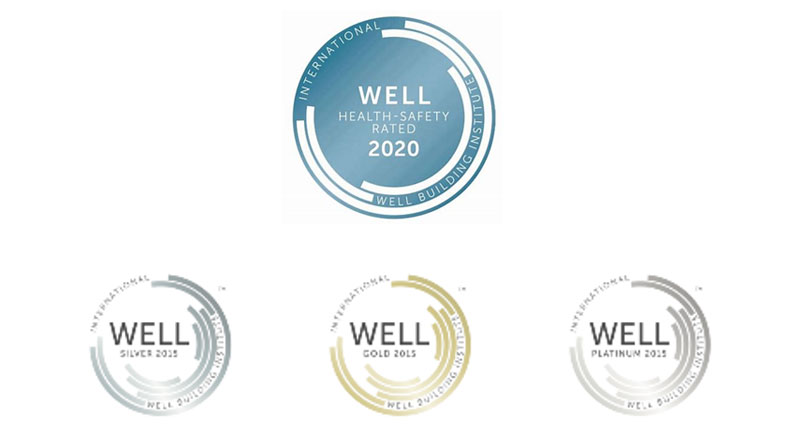
WELL is the leading tool for advancing health and well-being in buildings globally. Register your office, building or other space to leverage WELL’s flexible framework for improving health and human experience through design.
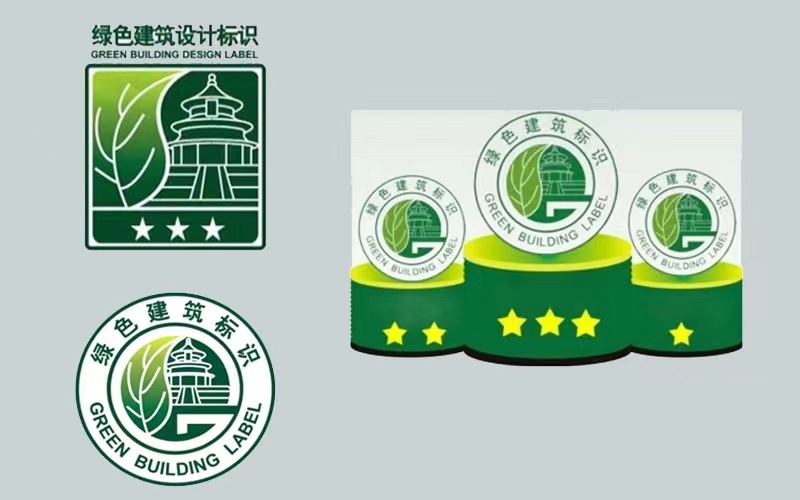
In the whole lifecycle of building, providing the solution to resources saving, environmental protection, pollution reduction, providing healthy, suitable and efficient space for occupants, maximizes the realization of high quality building compatible with humans and nature.
The certification system is available for:
● Public Building
● Residential Building
● Industrial Building
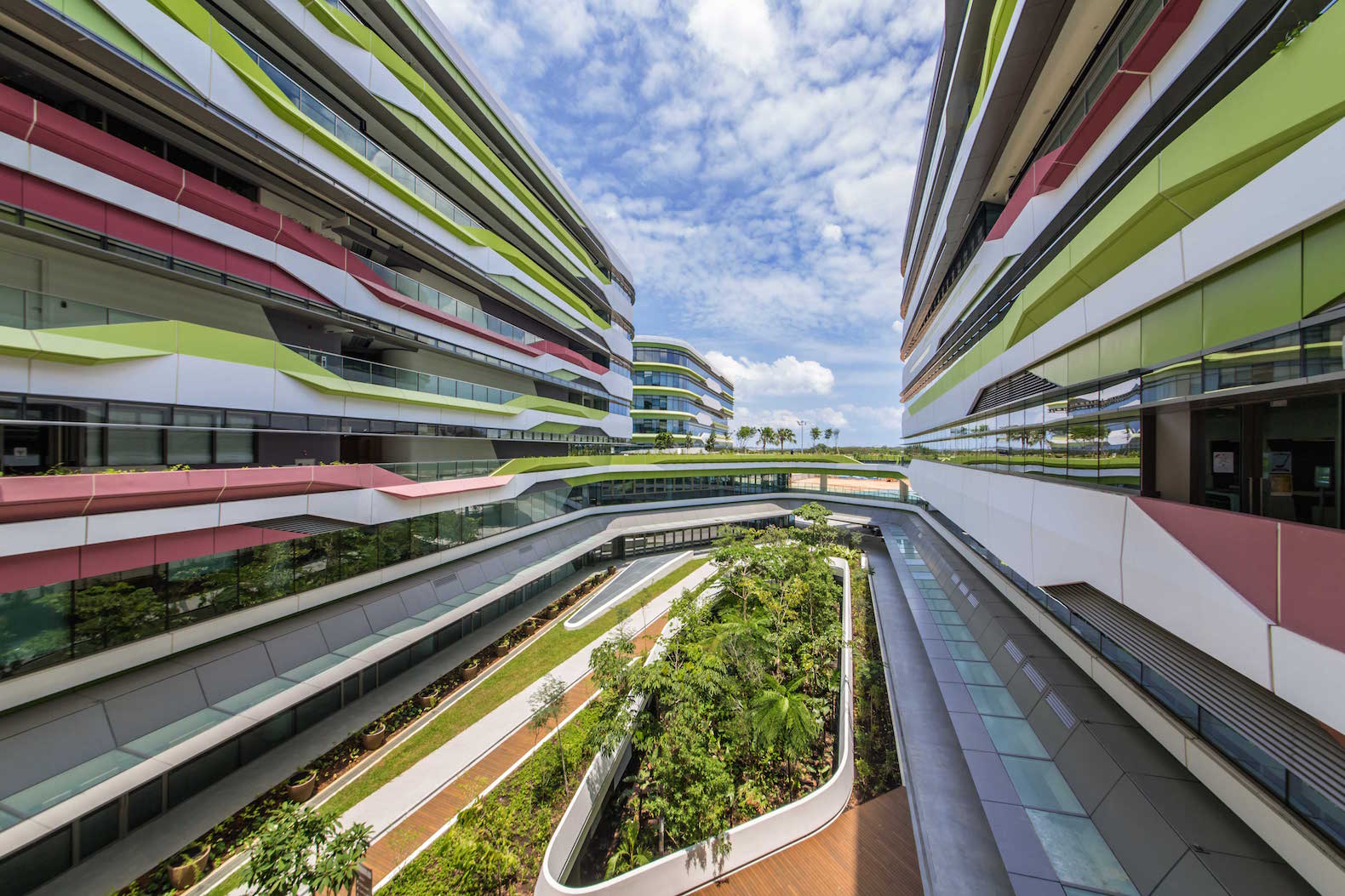
Low-carbon building refers to the reduction of fossil energy use, improvement of energy efficiency and reduction of carbon emissions during the whole life cycle of building materials and equipment manufacturing, construction and building use.
Low-Carbon Building Solution includes:
● Design optimization
● High efficient enveloped system
● High efficient equipment
● Building Material selection
● Renewable Energy
● Water efficiency